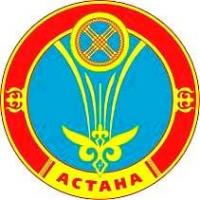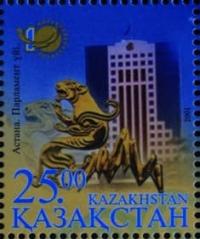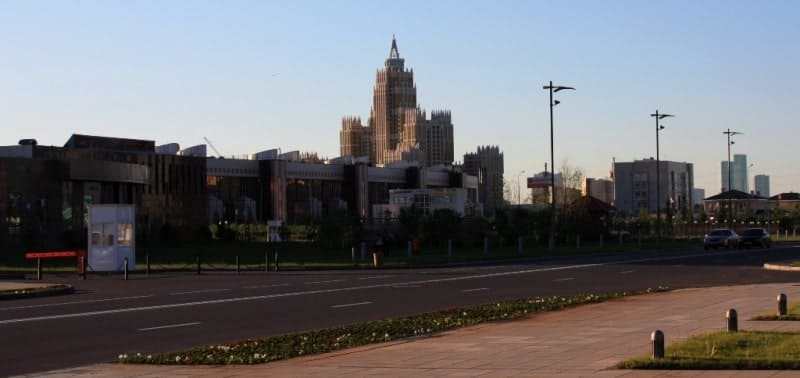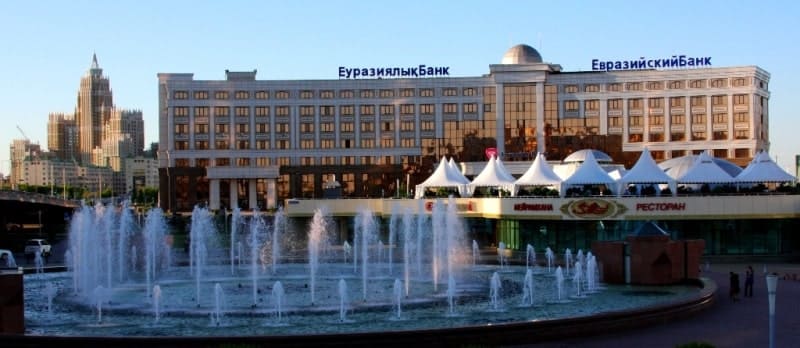You are here
Astana city.



Tours to Astana city.
“Travel helps you understand the beauty of space and the pricelessness of time.”
Gilbert Keith Chesterton.
Central Asia, Kazakhstan and Astana tours.
The decision to move the capital from Almaty to Akmola was made by the Supreme Council of the Republic of Kazakhstan on July 6, 1994. The official transfer of the capital took place on December 10, 1997. By presidential decree of May 6, 1998, Akmola was renamed Astana.
The international presentation of the new capital took place on June 10, 1998. Capital Day is celebrated on July 6 and is a public holiday. This year, the official holidays will be July 6, 7 and 8. Astana (until May 6, 1998 - Akmola) was declared the capital of the Republic of Kazakhstan from December 10, 1997 by the Decree of the President of the Republic of Kazakhstan dated October 20, 1997 and with the approval of the Parliament of the Republic of Kazakhstan.
The international presentation of the new capital of Kazakhstan, Astana, took place on June 10, 1998. Akmola begins its history in 1830, when the construction of the Akmola fortress began in the Karautkul tract. On July 16, 1863, Akmola was officially declared a district city. On October 21, 1868, in accordance with the “Temporary Regulations for Administration in the Steppe Regions of Orenburg and the West Siberian General Government,” the Akmola region was established with its center in Omsk.
Omsk by that time was the center of the West Siberian General Government. There is an assumption that the Akmola region was named so because in the future they planned to move the center to Akmola. These assumptions are confirmed by the fact that in 1879, Major General Dubelt presented to the Russian Ministry of Railways a project for the construction of the Tyumen - Akmolinsk railway.
For the first 30 years, the population of Akmola was a little over 2 thousand people. Over the next 30 years, from the 60s to the 90s of the XIXth century, the city's population tripled. In the collection “Volosts and Populated Places of the Akmola Region” published in 1893 in St. Petersburg, it was noted that Akmolinsk is a county town with a population of 6,428 souls, it has 3 churches, 5 schools and colleges, 3 factories. In December 1960, a city with a population of about 100 thousand inhabitants became the center of the Tselinny region, which included all the northern regions of Kazakhstan.
Soon, in 1961, Akmolinsk was renamed Tselinograd. With the abolition of the Tselinny region in 1971, Tselinograd became the center of the region. In 1992, the city was returned to its former name - Akmola. In 1998, in order to create the cultural infrastructure of the city corresponding to the status of a capital city, the State Dance Ensemble "Gulder", the folk ensemble "Sazgen", the State Ensemble of Classical Dance, and the classical chamber ensemble "Academy of Soloists" were relocated to Astana.
A branch of the Central State Museum of the Republic of Kazakhstan and a branch of the National Library of the Republic of Kazakhstan have been created in Astana. December 10, 1998 marked the anniversary of the new capital of Kazakhstan, Astana.
In 2000, the opening of the National Opera and Ballet Theater named after K. Baiseitova and the State Museum of the Republic of Kazakhstan took place. The city's population is 770,000 people, as of November 2012.
As of January 2013, the population of Astana exceeded 800,000 people. According to the Department of Statistics of Astana, today 800,656 people live in the main city of the country, including 366,219 in the Almaty region, 110,216 in Yesil, and 324,221 Astana residents in Saryarka.
The increase in the capital's population was mainly due to natural growth - 12,085 people, an increase of 10,373 people - the result of migration processes. In terms of the number of residents, the main city of the country ranks 9th in the republic, behind South Kazakhstan, Almaty, East Kazakhstan, Karaganda, Zhambyl, Kostanay, Aktobe regions and Almaty.
As of January 1, 2013, the capital's population density was 1,096 people per square kilometer. The average age of Astana residents is 30 years. Tselinnikov Palace (Congress Hall) - a gift from Khrushchev, built in Akmolinsk in 1964.






Authority:
From various information sources.
Photos by:
Alexander Petrov.







